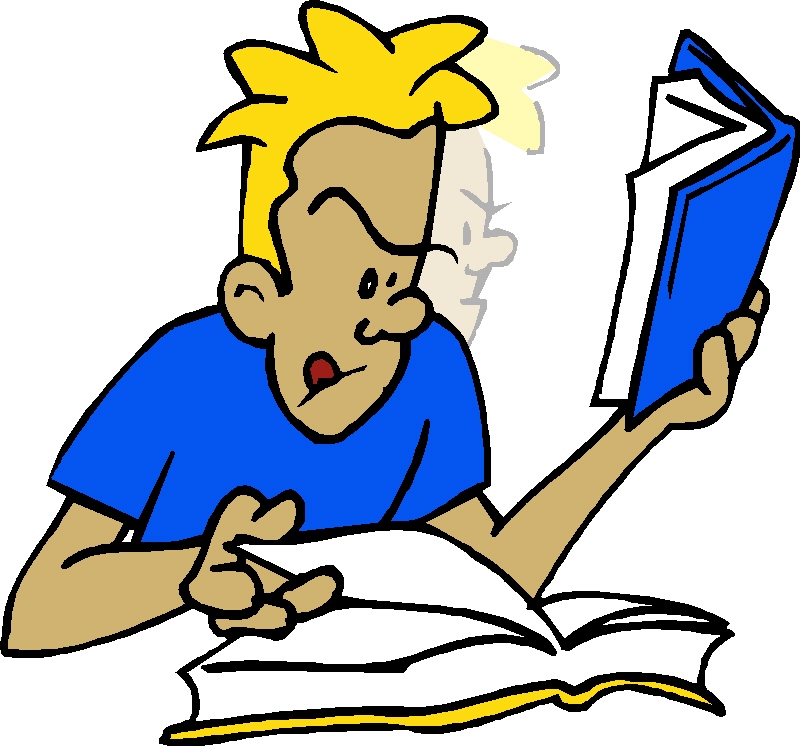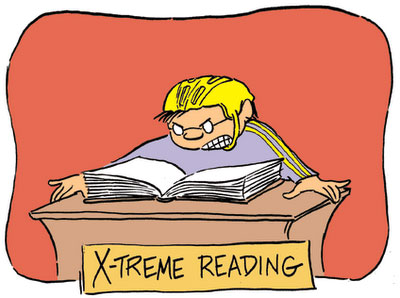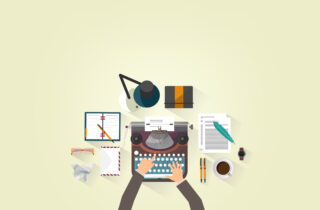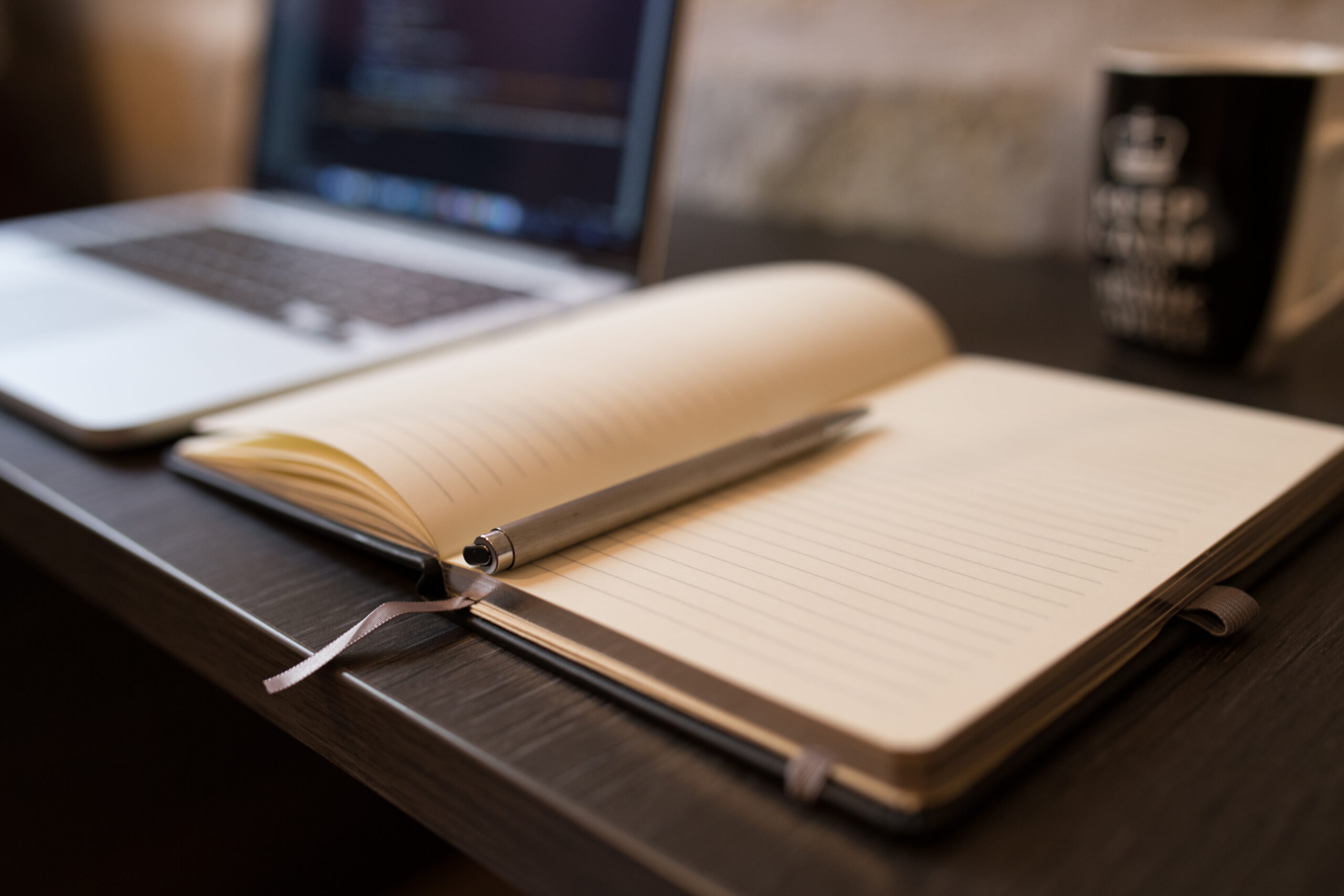Toll-Free US & Canada 24/7:
1-770-659-7014
Reading Techniques
In the academic world, reading comes in handy. You extensively use this skill, whether for an article, a work of literature, a blog post, or a scholarly journal. Many times, assignments and questions that test your understanding of the material supersede reading.
So having the best reading techniques in your toolkit helps you retain knowledge, comprehend words, and analyze the text thoroughly. What are the best practices and methods to achieve this goal?
Reading Technique: Scanning
With the scanning reading strategy, you try to find specific pieces of information within the plethora of sentences of a passage.
Scanning skills include the following:
- Ignore irrelevant information
- Acknowledge the sentences that help you
- Accentuate critical phrases and words.
An example of a time you may apply this technique is when you need to remember what a passage is about, as it helps to refresh your memory.
Remember that comprehension is not the nexus of your scanning reading technique.
Reading Technique: Skimming
The skimming reading strategy is actionable when you need to get the crux of a passage with only relevant details.
Your skimming skills should focus on the following:
- Save the details for later and only survey the text.
- Highlight the main ideas
- Use main ideas to build a foundation for what the text is about
- If you have already read a specific material, you can skim over the words to renew the knowledge in your memory bank.
Similar to the scanning reading technique, comprehension of a text is not the focus of skimming.
Reading Method: Active Reading
Hone your active reading skills when you need to understand and retain the academic text as a student. With this method, you engage with the words to help yourself cognize them.
With active reading apply the following steps:
- Ask questions
- Identify patterns
- Note important details.
- Leave comments on the text
After reading, try to link your newly learned knowledge to previously existing knowledge. Test yourself with mock questions, and teach someone the concepts to solidify your comprehension.

Reading Method: Detailed Reading
Detailed reading takes learning material to another level. You read, learn, and analyze every word in a text and acquire each definition. It is a time-consuming approach that can help you gain a profound understanding of your reading material.
Typically, you utilize this technique for journals, reports, and literature.
Detailed reading technique steps include the following:
- Skim the text to familiarize yourself with the main concepts
- Meticulously read and identify definitions for unprecedented words
- Connect all the words to understand the writing deeply.

Speed Reading Technique
Speed reading is reading a text quickly and retaining it. It is similar to skimming and scanning in that you read text swiftly. However, there are some core differences.
Speed reading technique skills are the following:
- Concentrate on isolating core concepts from the whole text
- Note them or keep them in mind till the end of reading
- Revoke core concepts in the form of a story.
Speed reading is helpful if you have to read a lot within a short time. With this strategy, you can increase your reading speed by guiding your eyes with a finger or pen as you read and training them to move and peruse faster.
Reading Technique: Structure-Proposition-Evaluation
Known as the SPE technique, this strategy is essential for non-fiction. Mortimer Adler proposed it in his book How to Read a Book. He discussed that the primary elements to examine are the following:
- Letter “S” means text’s structure
- Letter “P” is used for the author’s propositions
- Letter “E” denotes evaluating the author’s arguments and drawing a personal conclusion.
To use this method, you need to create an organized structure of the text, arrange propositions by section, then evaluate whether the text’s statements support the text’s conclusion.
The SQ3R Reading Technique
SQ3R stands for:
- Survey
- Question
- Read
- Recite
- Review
This reading technique is facilitative for recollection and understanding. To survey means:
- To get a general idea of what the material will cover.
- Create purposeful questions from headings. It expresses reading all of the text, taking notes, and highlighting important information. Reciting signifies answering your previously created questions.
- The final step is to review and see how much material you retain.

Conclusion
Reading is a critical academic skill. Optimal reading technique varies depending on everyone’s needs. You can learn all these techniques to strengthen your memory, eyes, and comprehension skills and acquire a profound understanding of the material you read. With time, you can master these techniques and become a better reader, so be flexible and maintain reading efficiency.


